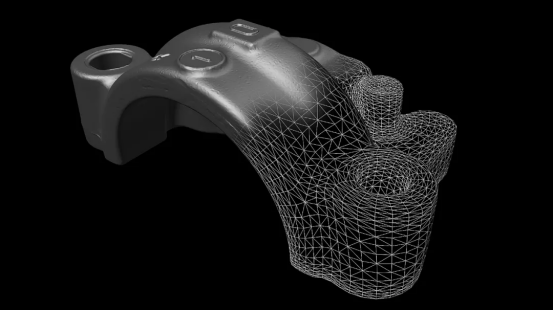ZEISS Software | Applications of ZEISS INSPECT Optical 3D in the Automotive Industry
![]() 02/17 2025
02/17 2025
![]() 524
524
ZEISS INSPECT Optical 3D is a robust software solution from Zeiss tailored for inspecting and evaluating 3D measurement data. Its extensive applications in the automotive industry offer manufacturers efficient, precise, and dependable measurement solutions.
Here are the primary application functionalities of ZEISS INSPECT Optical 3D software in the automotive sector:
High-Precision 3D Measurement and Data Analysis
ZEISS INSPECT Optical 3D software drives Zeiss optical equipment to capture 3D data of automotive components, enabling high-precision measurement and analysis. Whether it's intricate engine parts, body structural elements, or precise electronic control units, the software delivers accurate measurement results. By comparing actual measurement data with CAD models, manufacturers ensure that dimensional accuracy, geometric tolerances, and other design specifications are met, thereby enhancing product quality and assembly precision.
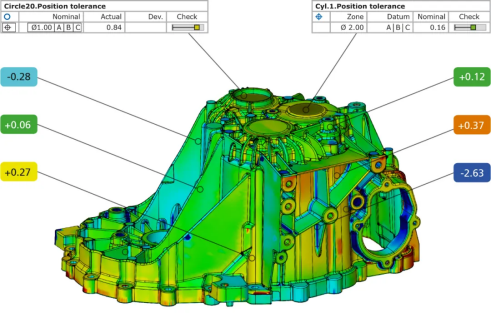
Virtual Metrology Room (VMR) and Automated Measurement
As a crucial component, the Virtual Metrology Room (VMR) within the software facilitates centralized control and measurement planning for optical measuring machines. Through VMR, users can execute automated measurement programs, pre-analyze robot paths to avoid collisions, and optimize measurement efficiency, ensuring measurement process safety. Furthermore, ZEISS INSPECT Optical 3D supports automated inspection processes, including data capture, mesh processing, GD&T calculations, and more, significantly boosting inspection efficiency.
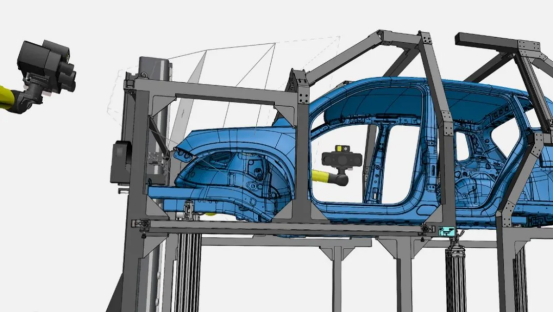
Curve-Based Inspection and Analysis
ZEISS INSPECT Optical 3D software integrates point-based and surface-based inspection, enabling the creation of various curves based on global digital data and visualizing diverse features. For instance, it can capture edge curves, analyze radii and feature lines, and generate spline curves. Curve-based inspection aids in analyzing critical parameters such as flushness and gaps, crucial for ensuring the assembly precision and performance of automotive components.
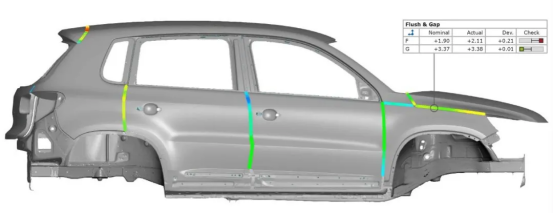
Defect Detection and Quality Control
Quality control is paramount in automotive manufacturing. ZEISS INSPECT Optical 3D software assists manufacturers in swiftly identifying defects and issues in products, including cracks, scratches, deformations, etc. Through high-precision 3D measurement and data analysis, the software precisely locates, sizes, and shapes defects, providing robust support for quality control personnel. Additionally, the software supports trend analysis, helping manufacturers ascertain defect causes and implement corresponding improvements to enhance product quality and production efficiency.
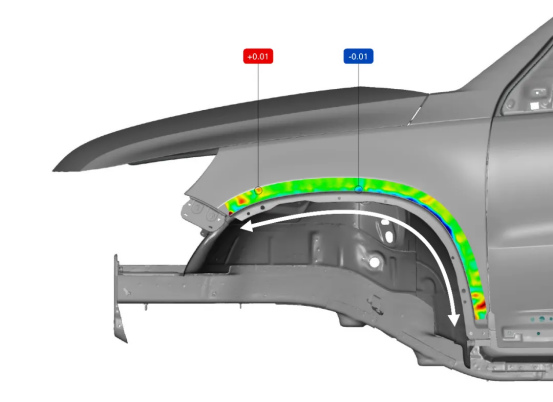
Virtual Assembly and Simulation Rendering
ZEISS INSPECT Optical 3D software boasts virtual assembly capabilities, enabling users to assemble and inspect components in a realistic virtual environment. By simulating part material and light sources through rendering technology, the software mimics various scenarios in the actual assembly process, aiding manufacturers in preemptively identifying and resolving potential issues. This not only enhances assembly efficiency but also mitigates costs associated with assembly errors.
Virtual Clamping and Cost Savings
The virtual clamping function of ZEISS INSPECT Optical 3D software allows users to measure the clamped state of parts without any fixtures. This not only boosts work efficiency but also reduces fixture design and manufacturing costs. Simultaneously, the software calculates the clamped state of components, providing manufacturers with more precise measurement data.
Automatic Surface Creation and CAD Model Generation
ZEISS INSPECT Optical 3D software supports automatic surface creation, facilitating the seamless conversion of scan data into high-precision CAD models. This is invaluable for automotive manufacturers as CAD models form the bedrock for subsequent processes such as product design, manufacturing, and simulation. With this software, manufacturers can swiftly generate CAD models adhering to design requirements, providing robust support for downstream processes.
